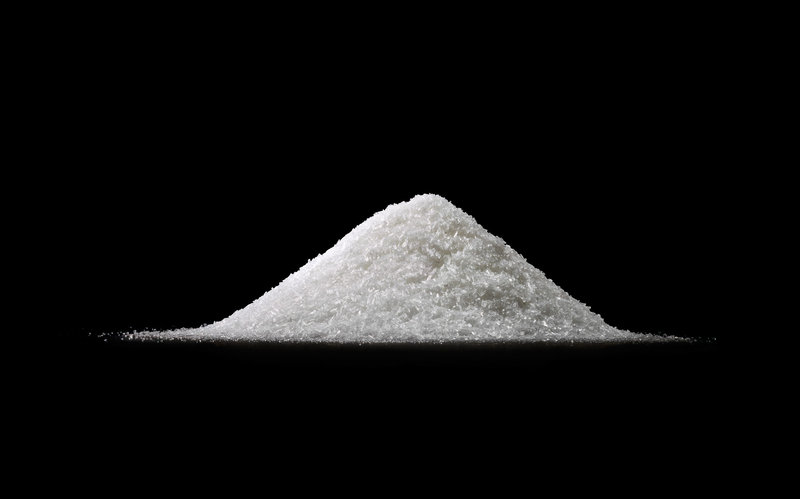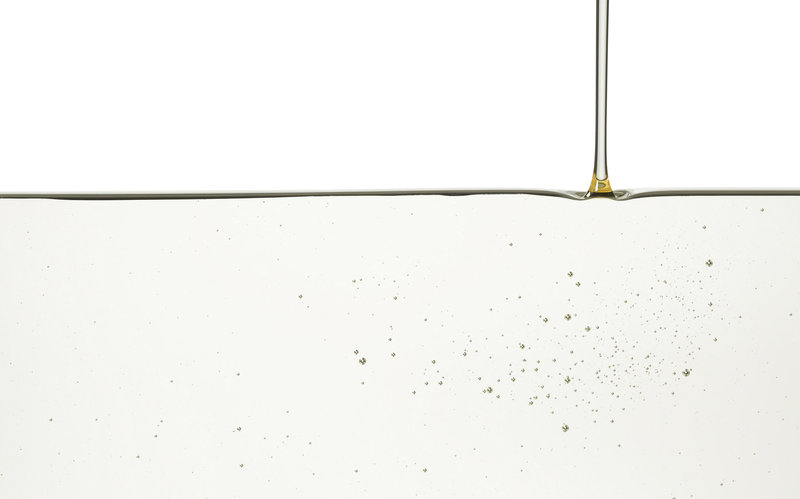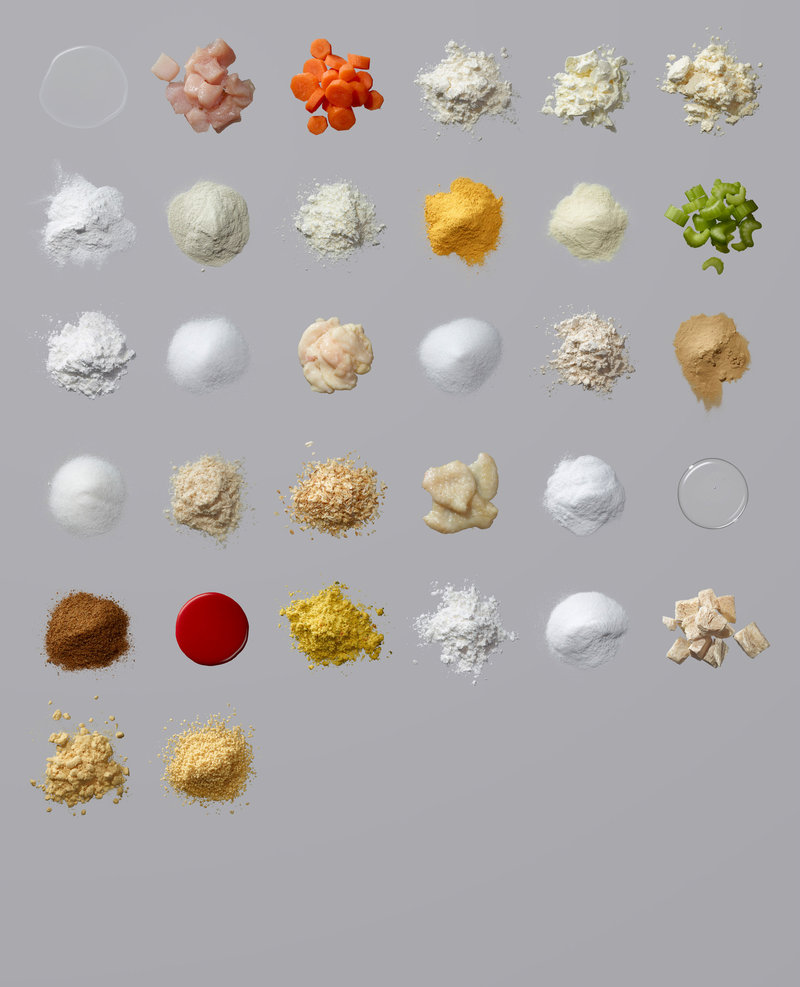Books
Ingredients by Dwight Eschliman and Steve Ettlinger Demystifies 75 Food Additives
How much do you really know about the food you consume? We’re all aware that food of every kind has it’s additives, but do we ever stop to think about that they really are? You probably have glanced past words like “diacetyl” or “azodicarbonamide” and yes you probably saw them on a bottle or package of your favourite store-bought food. But do you know what they actually look like, or more importantly, what they’re doing in your food?
Ingredients is a new book by photographer Dwight Eschliman and writer Steve Ettlinger and in this book, their main concept is to demystify 75 common food additives, from acesulfame potassium to xanthan gum, by providing an easy-to-read encyclopaedia of various food additives, their uses and their history. Eschliman, the photographer, had sourced each additive specially to photograph them for the book. He said that he was surprised by “just how thoroughly this world is full of white powders and clear liquids.” We’re probably assuming these scratch-form ingredients are only available with scientists but that’s not true as Eschliman says “most of them weren’t hard to track down for purchase.” Roughly 60 percent of them, he adds, “came from chemical supply companies who got their additives from China.”
Both authors have firmly stated that they are “eat more fruits and veggies, cut down on the processed foods” kind of people. But this book is not an expose about dangerous additives, however. “Everybody wanted us to align very much with those on the soapbox talking about how bad the food was,” Eschliman says. “I wanted to take some measures to prevent that.” He chose neutral, negative and positive additives just so the book doesn’t “lean too heavily in one direction.” “It’s easy to talk about the ‘bad’ ones,” he says, “but no one is talking about chlorophyll or beta carotene.”
Every page allows you to see the additives in the eyes of the authors with each page having a photograph that richly portrays the additive’s colour and texture, and some text for added trivia. “It’s easy to be scared of these additives when we know so little about them. As it happens, it doesn’t take much to understand,” Ettlinger says.























